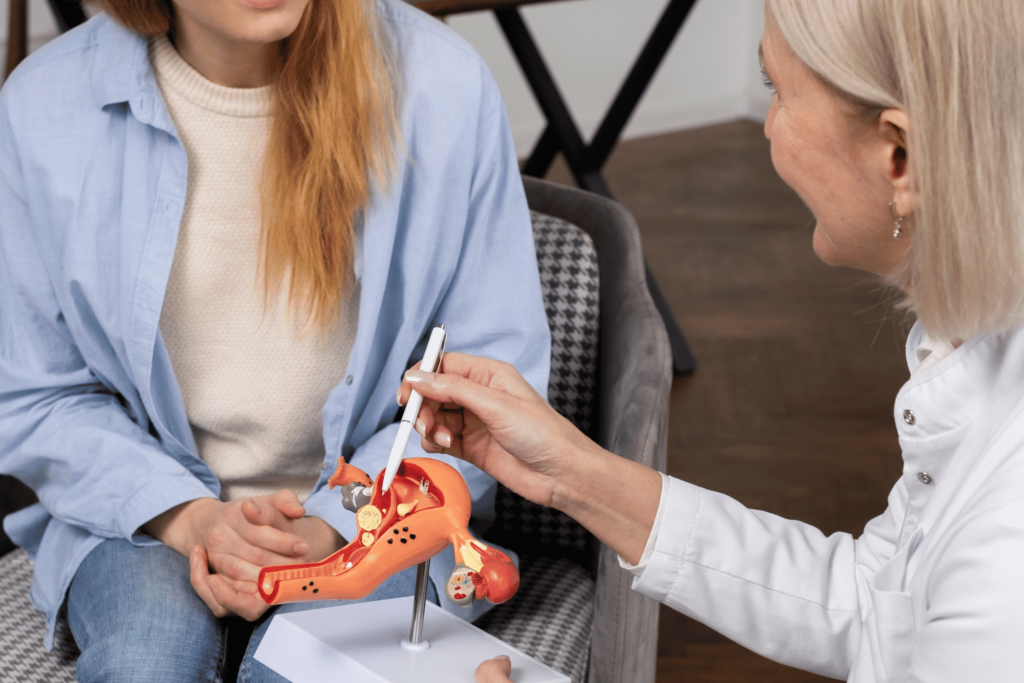GALL BLADDER
GALL BLADDER
Gallbladder disease occurs when the gallbladder becomes inflamed or develops issues like gallstones, often due to poor diet, obesity, or medical conditions. This can lead to pain, nausea, and digestive problems, especially after fatty meals. Early diagnosis and treatment are crucial to avoid complications like infection, blockage, or rupture. Left untreated, it can cause persistent discomfort, jaundice, and more serious health issues. Seeking medical attention ensures proper management and prevents complications like gallbladder removal. Timely intervention is essential for better outcomes and health preservation.

Causes & Risk Factors of Gall Bladder
Recognizing the underlying causes of gall bladder is essential for effective management and long-term health.
Diabetes and Other Conditions
Conditions like diabetes, liver disease, and high cholesterol contribute to an increased risk of gallbladder disease and gallstone formation.


Genetic Factors
Family history of gallstones or gallbladder disease may increase the likelihood of developing similar issues, suggesting a genetic predisposition.
Pregnancy and Hormonal Changes
Hormonal fluctuations during pregnancy or the use of birth control can increase cholesterol levels in bile, leading to gallstone formation.

Symptoms of Gall Bladder
Severe pain in the upper right abdomen, especially after eating fatty foods, is a common symptom.
Nausea, often accompanied by vomiting, can occur due to bile flow obstruction.
When the bile ducts are blocked, jaundice may develop, causing yellowing of the skin and eyes.
Increased pain or bulging when standing, coughing, or exercising.
Feelings of fullness, bloating, and indigestion may occur, particularly after meals high in fat.
Blocked bile flow can lead to dark urine and pale-colored stools due to changes in bile secretion.
Treatment Options
- Medications :Medications such as ursodeoxycholic acid may be prescribed to dissolve small gallstones. Pain relief medication can also manage discomfort.
- Lifestyle Changes: Maintaining a healthy weight, eating a balanced diet low in fat, and avoiding greasy foods can reduce the risk of further gallbladder problems.
- Surgical Removal (Cholecystectomy) :If gallstones or other issues persist, surgery to remove the gallbladder (cholecystectomy) is often the most effective treatment.
- Endoscopic Procedures :In some cases, a non-invasive procedure called endoscopic retrograde cholangiopancreatography (ERCP) may be used to remove gallstones from the bile duct.
Your Questions Answered, Simple and Clear
Find quick answers to common questions about our services, procedures, and patient care for your convenience.

Dr. Prashant treats patients with symptoms like severe abdominal pain (especially after eating fatty foods), nausea, vomiting, jaundice, and bloating, which are indicative of conditions like gallstones, cholecystitis (gallbladder inflammation), or gallbladder cancer.
Dr. Prashant typically recommends lifestyle changes such as a low-fat diet and weight management. For severe cases, he may suggest medications to dissolve gallstones or surgery, such as cholecystectomy (gallbladder removal), if necessary.
Dr. Prashant may offer treatments ranging from medications to dissolve small gallstones to surgical interventions like gallbladder removal (cholecystectomy) if the condition is severe. He also recommends endoscopic procedures to remove gallstones from the bile ducts in some cases.
Dr. Prashant diagnoses gallbladder disease using imaging techniques such as ultrasounds, CT scans, and MRIs. These help detect gallstones, inflammation, and other gallbladder issues. Blood tests may also be used to check for signs of infection or liver problems.
You should consult Dr. Prashant if you experience severe upper abdominal pain, nausea, vomiting, or jaundice. Early evaluation can help diagnose gallbladder issues and prevent complications like gallbladder rupture or bile duct blockage.
